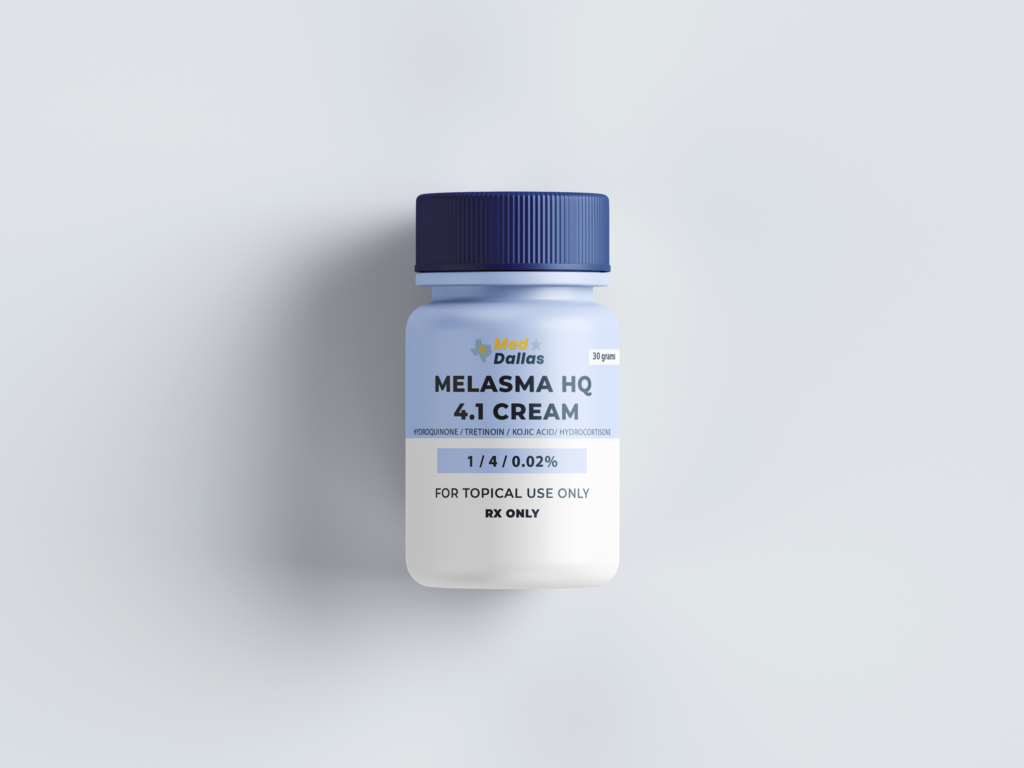
Skin Care
Melasma HQ Cream / Skin Lightening Cream
Melasma HQ Cream is a specialized topical formulation designed to address hyperpigmentation issues such as melasma, freckles, and lentigines. This cream combines a potent blend of active ingredients—hydroquinone, tretinoin, kojic acid, and hydrocortisone—to target and lighten unwanted pigmentation, improve skin texture, and manage inflammation. By inhibiting melanin production and promoting skin cell turnover, Melasma HQ Cream helps restore a more even and radiant complexion. It is essential to use this cream in conjunction with sun protection to prevent further pigmentation and achieve optimal results.
